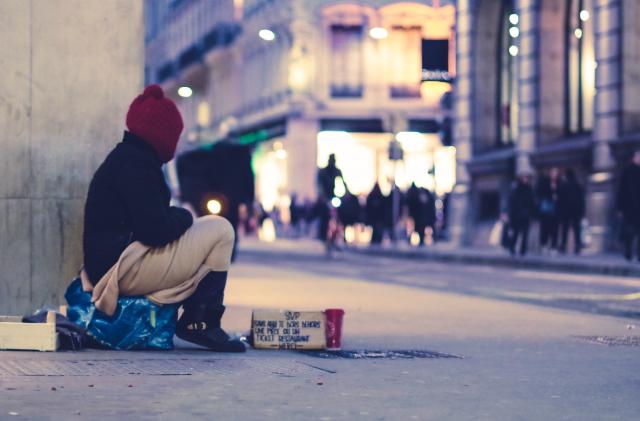Victoria’s peak body for homelessness says rising housing stress, evictions and the number of working people who cannot afford a place to live underscores the need to build at least 6,000 new public and community dwellings a year.
The Australia Institute of Health and Welfare’s annual specialist homelessness services report reveals one in 67 people received help for homelessness assistance, compared to the national average of one in 95. The top three reasons were financial difficulties (48 per cent), domestic and family violence (40 per cent) and housing crisis (36 per cent).
The data also shows 34,708 Victorians sought help from frontline services as a result of housing affordability stress in the year 2022-23.
In 2023, the number of people who sought help because they were being evicted rose by 1163 to 35,036.
Meanwhile, the number of working people seeking help for homelessness increased by 1594. The number of people sleeping rough who sought assistance also rose by 2,636 to 12,613 int he same year.
Council to Homeless Persons chief executive Deborah Di Natale said another 60,000 new public and community homes were needed over the next decade to turn the housing and homelessness crisis around.
“This report is another indicator of just how badly Victoria’s broken rental market is failing vulnerable people and leaving them with nowhere else to turn,” she said.
“Previously, employment was a significant protective factor against homelessness. But soaring rents and the lack of social housing have eroded that buffer for many people. And if it’s difficult to keep a roof over your head while working full or part time, it’s virtually impossible to do so on a very low or no income.
“The homelessness crisis is not abating; it is simply leaving more people to slip through the cracks and resort to sleeping on someone’s couch, in a vehicle, parks or on the street.
“This is why we need the government to commit to building 60,000 homes over the next decade. Failing to invest will cost much more down the line. But acting now will reduce the burden on hospitals, community services and the justice system.”







